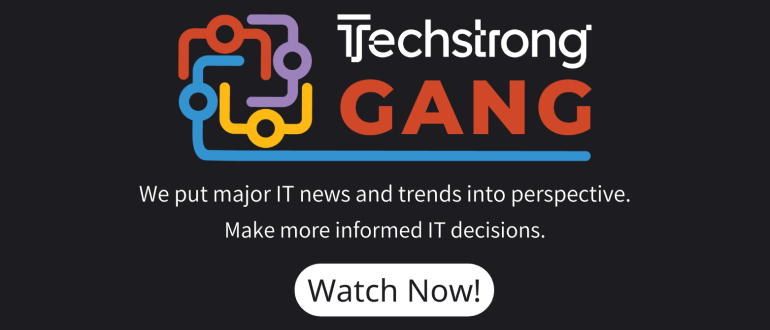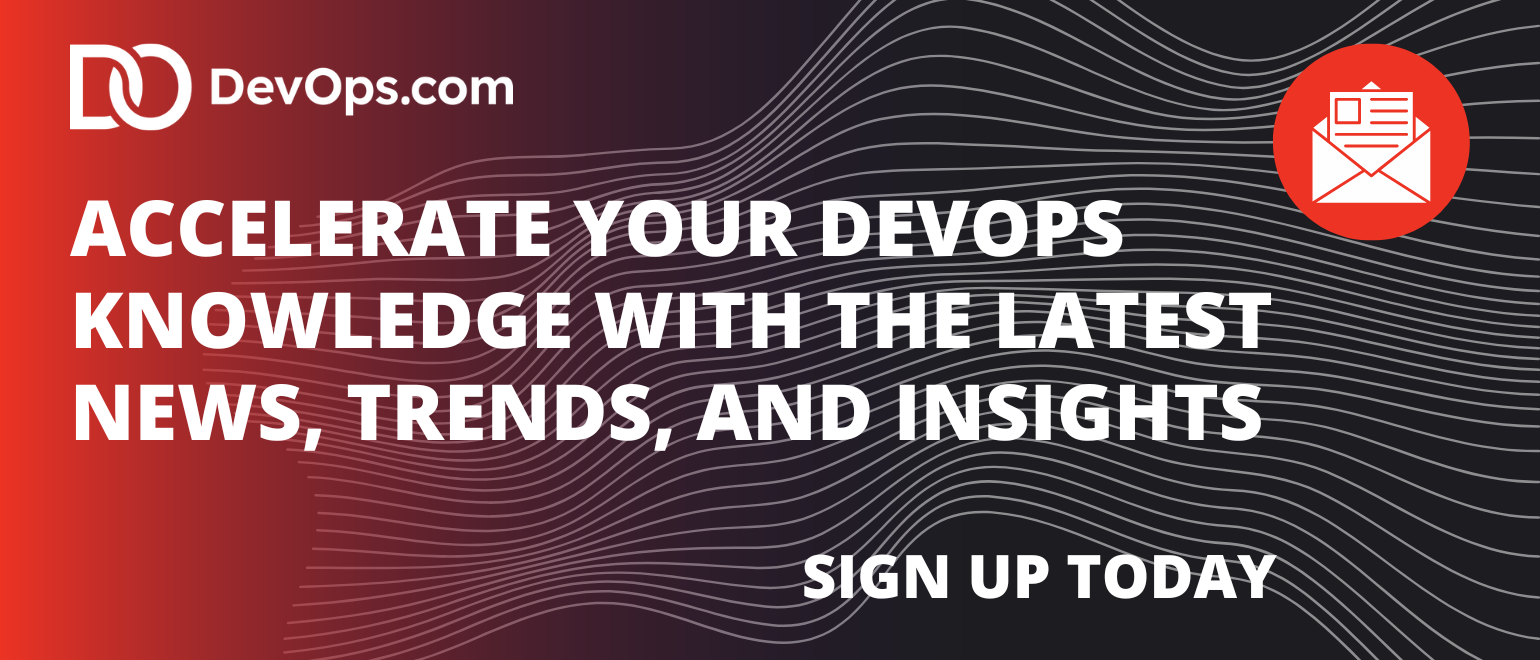The ability to analyze vast amounts of data and gather insights is critical to business success in today’s digital age. With the growing volume of data, traditional monitoring techniques are proving increasingly inadequate in providing businesses with the required insights. In recent times, artificial intelligence (AI) has revolutionized data analysis and processing, allowing businesses to improve their decision-making with insights gained via AI-powered observability. This article discusses how AI-powered insights can help transform observability and enable organizations to better comprehend and manage their applications.
What is Observability?
The ability to observe a system at runtime by examining and analyzing logs, metrics and traces is known as observability. It enables the monitoring, troubleshooting and optimization of complex systems in production environments. Today’s systems require optimal observability to ensure reliability, performance and scalability.
Key Benefits
The key benefits of observability are:
- Better User Experience
- Reduced Operating Costs
- Increased Velocity
- Improved Visibility
Three Pillars of Observability
Following are the three essential pillars of observability:
- Metrics: Metrics are numerical indicators such as CPU and memory usage and request latency.
- Logs: These represent data that applications and infrastructure components produce at runtime.
- Traces: These can monitor requests throughout their journey in distributed systems.
Observability vs. Monitoring: How Do They Differ?
Monitoring includes tracking predefined metrics and the conditions of systems and applications to determine bottlenecks in system health and performance that need to be fixed or improved. It is a process that leverages the collection, storage and processing of data based on predefined metrics, such as CPU usage, memory consumption, network activity and response times, to identify abnormal behavior or performance bottlenecks in a system.
Observability examines the monitoring data collected on component interactions in a distributed system and offers comprehensive insights into the workings of complex systems. Essentially, monitoring informs users of existing faults while observability explains faults, their origins and possible solutions to those faults. Observability can be leveraged to analyze the interactions between components in distributed systems and the monitored data to determine what is wrong and why.
Challenges With Traditional Observability
There are several challenges with traditional observability, such as:
Infrastructure Complexity
Implementing observability systems in complex multi-cloud environments can be difficult. Similarly, the real-time monitoring of dynamic microservices and containers is not easy. Bringing together data from these different platforms often necessitates custom-built solutions.
Dynamic Nature
The dynamic nature of microservices and containers makes implementing real-time observability challenging. In other words, monitoring microservices and containers at runtime is challenging. Without proper tooling, IT teams may find it difficult to comprehend the internal state of the components.
Data Volume
The 4Vs of data can also hinder the process of implementing observability in an organization.
Team and Data Silos
Buy-in across DevOps, engineering and business teams in an organization is required for observability to be effective. Additionally, it might be difficult to implement observability in the organization if there are data or infrastructure silos. The existence of multiple agents, different data sources and fragmented monitoring tools makes comprehending the interdependencies between applications, various clouds and digital channels such as web, mobile and IoT, quite tricky.
What is AI-Powered Observability? Why is it Needed?
With the surge in observability data — both in terms of volume and complexity — traditional rules-based monitoring is insufficient to keep pace with the demands of modern-day applications. AI-based observability is transforming how companies monitor, analyze and manage their systems.
With AI, organizations can now derive deeper insights, resolve issues faster and manage their systems more proactively, for better performance, reliability and user satisfaction. AI offers a way forward by detecting anomalies, identifying root causes and providing actionable insights from raw observability data.
Benefits of AI-Powered Observability
Today’s companies use AI-driven observability to address the shortcomings of traditional observability approaches. By combining AI and machine learning with observability, it becomes possible to automate, extend and optimize the functionality of observability in the following ways:
- Quicker Issue Resolution: Automating system output analysis reduces the time required for issue diagnosis and resolution, significantly speeding up the entire process.
- Proactive Approach: Proactively resolving issues can boost system reliability and user satisfaction since potential problems are dealt with beforehand.
- Optimized Resource Allocation: AI trends combined with usage pattern analysis can significantly enhance resource use.
- Increased Developer Efficiency: AI can automate mundane tasks and recommend appropriate solutions based on collected data, allowing developers to focus more on innovation and improving overall productivity.
Applications of AI-Powered Observability
Some of the key applications of AI-powered observability are as follows:
- Capacity Planning
- Automated Anomaly Detection
- Root Cause Analysis
- Predictive Analysis
- Automated Remediation
- Intelligent Alerting
- Log Analysis and Pattern Recognition
- Security and Threat Detection
Future of AI-Powered Observability
The future of AI-powered observability promises a revolution in how complex systems are monitored, analyzed and optimized, leading to unprecedented efficiency and insights gleaned from massive datasets. With businesses increasingly relying on complex IT ecosystems, being able to operate seamlessly is paramount, and the ability to address problems before they become serious concerns is an absolute must-have.
With advances in AI and ML and the enhancement of IT technologies, AI-enabled observability holds the potential to deliver actionable insights, giving organizations a competitive advantage. The inception of AI has caused an absolute paradigm shift, with AI observability no longer being just a trend, but becoming the backbone of IT environments.
Conclusion
The significance of observability has increased significantly in recent years due to the proliferation of cloud-native technologies and microservices architecture. In today’s technology-driven world, the existence of AI has changed how vast amounts of data are processed and analyzed. AI-powered insights are helping organizations better understand and manage complex systems. Those who can adapt to present-day technologies and build systems that are reliable, robust, high-performing, secure and scalable will be better prepared to face the challenges of tomorrow.




